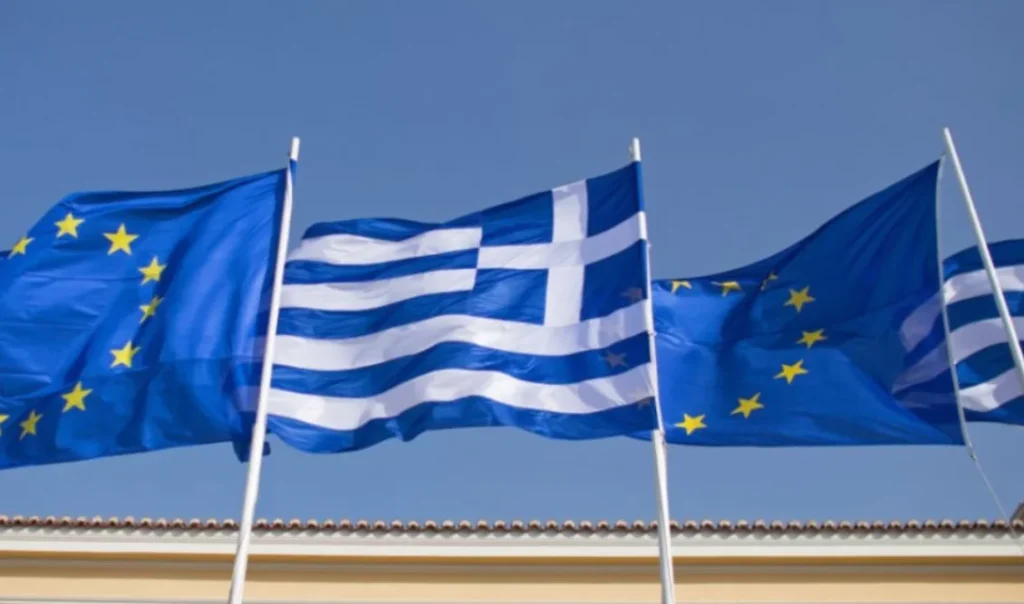Greece’s Ministry of National Economy and Finance, together with the Public Debt Management Agency (PDMA/ΟΔΔΗΧ), has launched a strategic roadmap aimed at rapidly reducing the national debt and restoring full fiscal independence.
The plan includes two major milestones:
1. By 2029, Greece aims to no longer be the most indebted country in Europe.
2. By 2031, the government targets the full early repayment of €31.6 billion in remaining obligations from its first bailout agreement — loans originally scheduled for repayment between 2029 and 2041.
The next key step in this timeline is the early repayment of €5.29 billion in December 2025, part of the overall €31.6 billion package. This follows the already completed repayment of IMF loans, eliminating high-cost debt and reducing refinancing risk.
Fiscal Strength and Market Credibility
These moves aim to send a strong signal of fiscal credibility to international markets, shield Greece from global volatility, and free up future budgets for growth and citizen dividends rather than legacy debt servicing. As Finance Minister Kyriakos Pierrakakis put it:
“Through such actions, we neutralize a long-standing risk — that from 2032 onward, debt servicing costs could weigh heavily on the economy.”
Surplus-Driven Progress
At the heart of this strategy are record-high primary budget surpluses:
2024: Primary surplus reached 4.8% of GDP (€11.4 billion), beating forecasts.
2025 (projected): Revised upward to 3.2% of GDP, with potential for further increase.
This surplus performance is credited to:
Sustained economic growth.
Effective anti-tax evasion measures.
As a result, Greece’s debt-to-GDP ratio is set to drop significantly:
From 177% in 2022 → 163.9% in 2023 → 153.6% in 2024 → under 145% in 2025 (targeted).
Record Cash Reserves as a Safety Net
Greece currently holds €44.1 billion in cash reserves, its highest-ever fiscal buffer. This “safety cushion” is central to the accelerated debt reduction plan and provides flexibility for strategic bond issuances and debt management.




